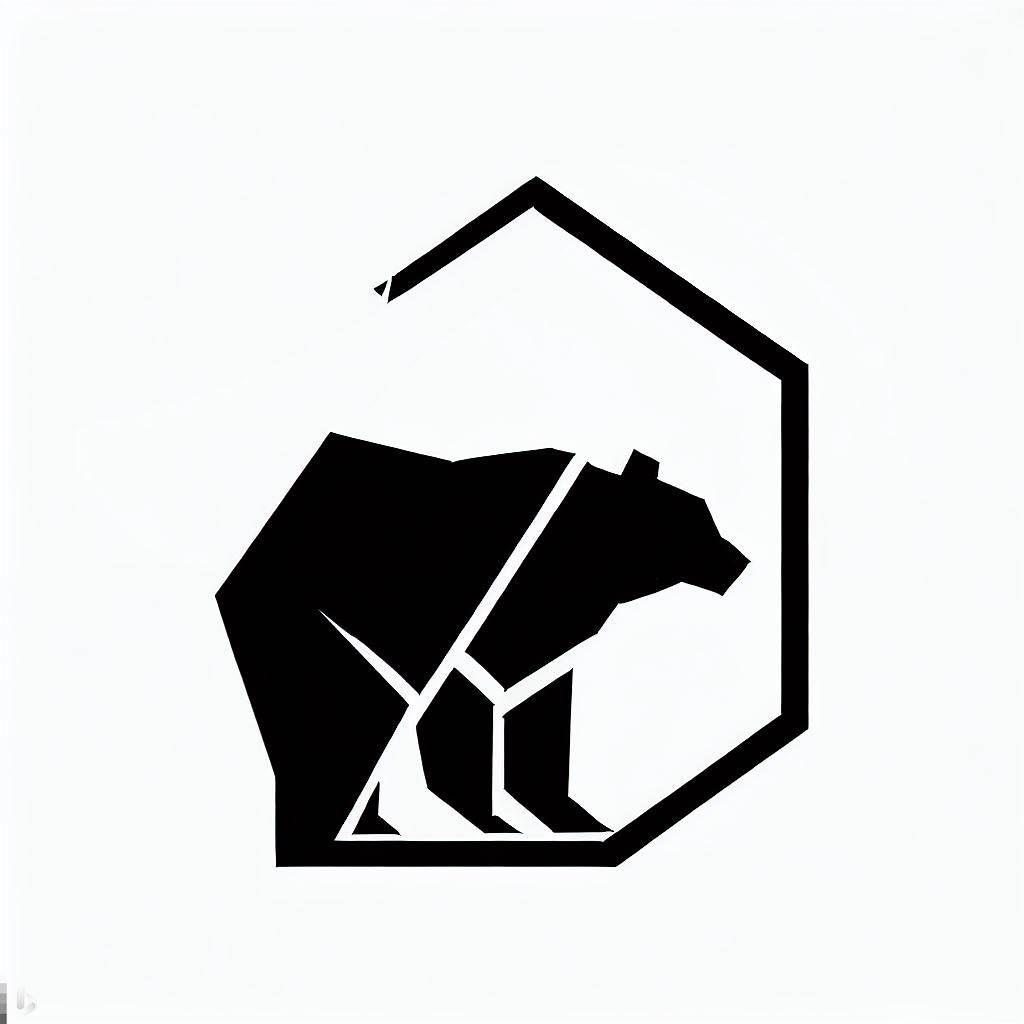A well-designed logo can leave a lasting impression and serve as a powerful representation of a brand’s identity. Typography plays a crucial role in logo design, as it can convey a brand’s personality, establish visual hierarchy, and make a memorable impact. In this comprehensive guide, we’ll explore the process of designing a logo with typography, covering key considerations, tips, and best practices to create a visually appealing and impactful logo.

- Understand the Brand and its Message Before diving into the design process, it’s essential to have a thorough understanding of the brand and its values. Research the brand’s mission, target audience, and unique selling points. This knowledge will guide your typographic choices and ensure that the logo accurately reflects the brand’s personality and resonates with its intended audience.
- Choose an Appropriate Typeface Selecting the right typeface is a critical decision when designing a typographic logo. Consider the brand’s characteristics and choose a typeface that aligns with its tone, whether it’s modern, elegant, playful, or professional. Experiment with different font styles (serif, sans-serif, script, etc.) to find the one that best communicates the desired message.
- Customize the Typeface To create a unique and distinctive logo, consider customizing the chosen typeface. Typography customization can involve modifying letterforms, adjusting kerning (the spacing between characters), or creating custom ligatures. These modifications help tailor the typeface to the specific logo design, adding a personalized touch that sets it apart.
- Establish Visual Hierarchy Effective logo design requires careful consideration of visual hierarchy. Determine the primary element of the logo, whether it’s the brand name, a tagline, or an icon. Use typographic techniques such as size, weight, and color to differentiate between different elements and guide the viewer’s attention. The primary element should be prominent and easily legible, ensuring that it remains the focal point.
- Balance Legibility and Creativity While creativity is essential in logo design, it should not come at the expense of legibility. Ensure that the chosen typeface and any modifications made maintain legibility at different sizes and in various applications. A logo that is difficult to read can create confusion and diminish its impact. Strive for a balance between creativity and legibility to create an effective logo.
- Consider Simplicity and Scalability Simplicity is key in logo design, as it allows for easy recognition and versatility across different mediums. Avoid using overly complex typefaces or incorporating too many intricate details. A simple, clean design ensures that the logo remains visually appealing and can be easily scaled to different sizes without losing clarity.
- Test and Iterate Designing a logo is an iterative process. Test the logo design at different sizes, in both digital and print formats, to ensure its legibility and visual impact. Seek feedback from colleagues or potential users to gain valuable insights and make necessary refinements. Iteration is crucial to create a final logo that effectively represents the brand and meets its objectives.
- Consider Color and Typography Pairings Color plays a significant role in logo design, and it should be considered alongside typography. Experiment with color combinations that complement the chosen typeface and reflect the brand’s identity. Ensure that the contrast between the text and background is sufficient for optimal legibility. Additionally, consider how the logo will appear in both color and grayscale to ensure versatility.
In conclusion, designing a logo with typography involves understanding the brand, selecting an appropriate typeface, customizing it as needed, establishing visual hierarchy, and balancing legibility with creativity. By following these key considerations and best practices, you can create a visually appealing and impactful logo that effectively communicates the brand’s identity and resonates with its target audience.
